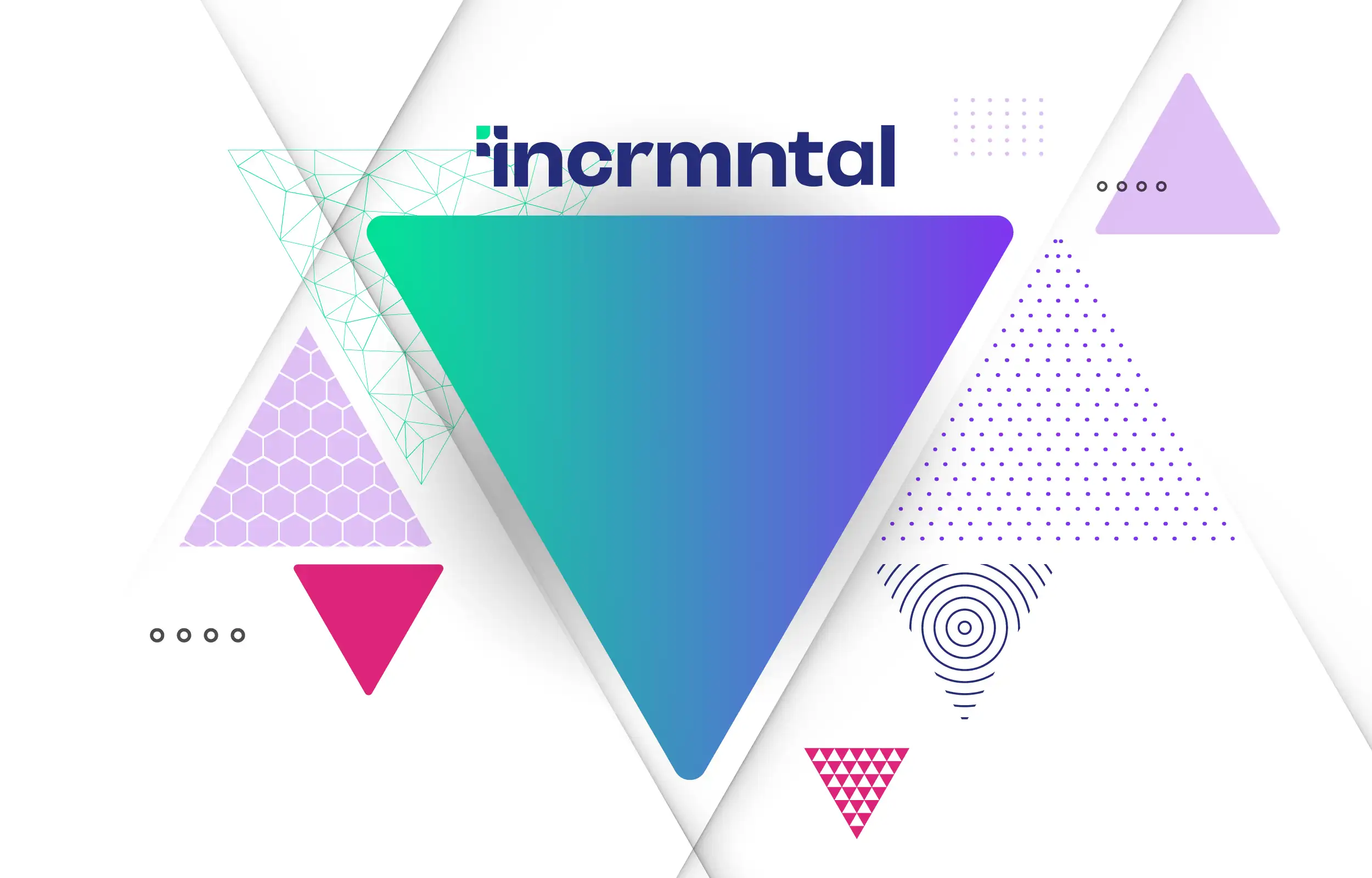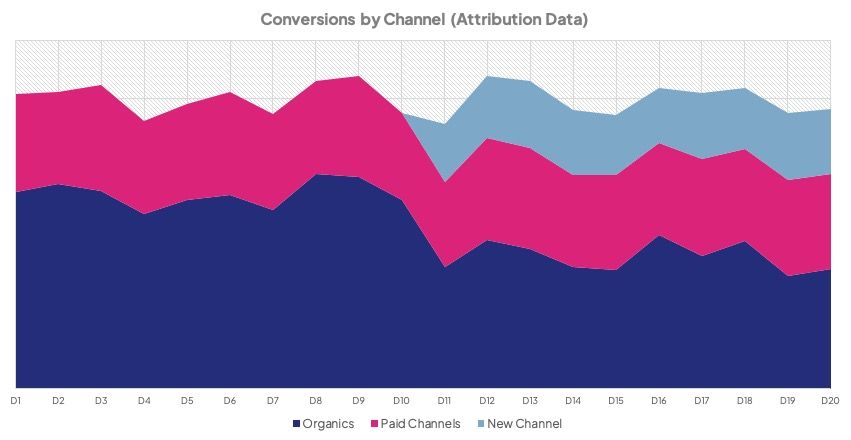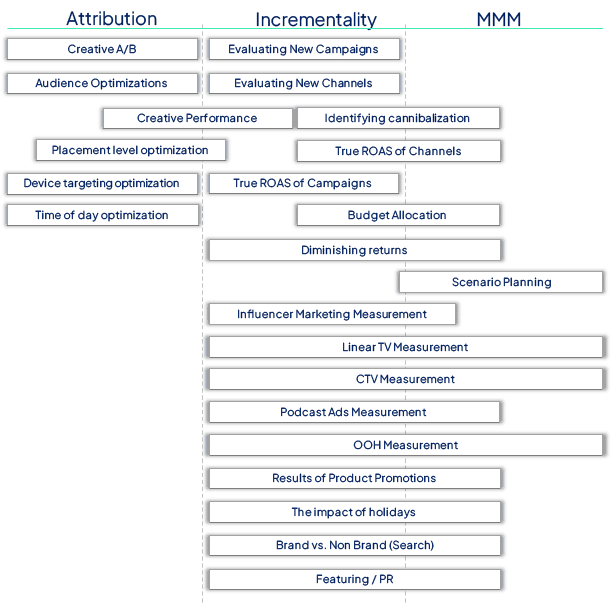Solutions
Teams
Built for your whole team.
Industries
Trusted by all verticals.
Mediums
Measure any type of ad spend
Platform
Use Cases
Many Possibilities. One Platform.
AI and Automation
The Always-on Incrementality Platform
Teams
Built for your whole team.
Industries
Trusted by all verticals.
Mediums
Measure any type of ad spend
Use Cases
Many Possibilities. One Platform.
AI and Automation
The Always-on Incrementality Platform

Last year we published our most downloaded white paper to date: Measurement Orchestration, Making Attribution, Incrementality, and Media Mix Modeling (MMM), play nicely together.
The paper was written in coordination with two attribution companies Branch and Singular, as well as industry experts with vast experience in traditional MMM as well as Bayesian MMM.
The white paper started a dialog in the industry about why, when, and how, companies should make use of different measurement methodologies.
Like most telephone game chains – somewhere, the message became distorted, and rather than talk about Orchestration, it started to be referred to as Triangulation.
Triangulation in marketing measurement refers to the marketer comparing at least three different data points to find the true answer to any marketing measurement question. The practice suggests that only in cases where all three data points agree, should marketers take action.
This approach may sound legitimate, if we believe that different measurement methodologies align – however, this is far from being true.
Using different tools to measure specific questions in marketing would make as much sense as using both a hammer, a chainsaw, and a power drill (“construction tools”) to put a picture frame up on the wall. You can probably do that – we would just not guarantee great results. ☺ 
Orchestration is not Triangulation. The concept of Orchestration comes from the very word: Orchestra. A group of different instruments from different families constructing a musical ensemble.
The main idea behind the Measurement Orchestration framework was suggesting that different use-cases may be more suitable to different measurement methodologies (i.e. Tools).
Let’s use a simple example: You start campaigns with a new advertising channel
This scenario may look like this:

In the example above the measurement results by the different methodologies would report:
Attribution | Incrementality | MMM |
21.7% of conversions | 0% incrementality | n/a (requires more time) |
Using the triangulation measurement approach – a marketer should not make any decision given the above circumstances, as the different methodologies of measurement do not “agree”.
Obviously, this would be the wrong way to approach such a use-case.
Our white paper included support and quotes from different measurement companies, as we wanted to bring a consensus to marketers about when and for which task they should use different methodologies.
The framework to using different methodologies looked as such:

(You can find a one pager PDF for printing here)
Every measurement methodology has pros and cons, advantages and disadvantages:
No measurement methodology is “perfect”. This is completely ok. Different methods each have their own benefits as well as limitations. Similarly to tools - different tools are used at different times and circumstances, which is why Triangulation doesn't actually make so much sense in measurement. Orchestration is important to make wise decisions.
We hope that by reading this blog you’ll cringe the next time you hear the term Triangulation.